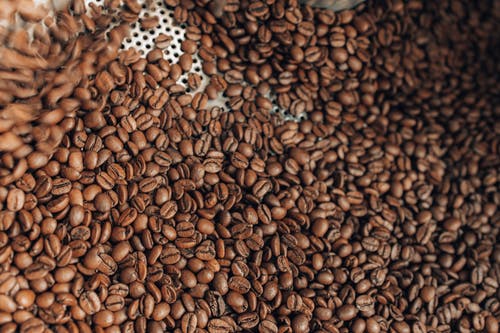Brazil is the largest producer of coffee in the world, especially Arabica coffee. Overall, Brazil’s coffee production represents one third of world coffee production. This has long led the coffee industry to believe that Brazil’s emphasis on quantity means weaker quality. In fact, the coffee industry tends to underestimate the taste of Brazilian coffee and the overall quality of Brazilian coffee.
However, over the years, Brazil has made important changes to change this perception by encouraging the production of specialty grade coffee and certified organic and fair-trade coffee. Today, Brazil coffee beans carry the unique flavor of Brazilian growth and many speciality grade coffee producers have steadily worked towards the improvement of the Brazilian coffee industry.
The History of Brazilian Coffee
Brazil has a long history of coffee. Coffee was introduced to Brazil in 1727 by Francisco de Mello Palheta, a Portuguese lieutenant who brought coffee crops from Guyana. The coffee empire of Brazil began with the lieutenant’s contact with the wife of the Governor of Guyana, who secretly gave him coffee crumbs with a bouquet of flowers.
Brazil: The Largest Producer and Exporter of Coffee
Today, Brazil’s coffee production represents 32% of world coffee production, making it also the largest producer and exporter of coffee. Brazil’s coffee production represents two-thirds of world coffee production and about 60% of world coffee production. Despite the large export volume, Brazil is not the world’s largest coffee consumer.
In fact, when the per capita volume of coffee in Brazil and the United States is only 5 kg, Finland has the highest per capita coffee intake each year, at 12.5 kg!
Brazilian Coffee: Home of Specialty Coffee
Brazil uses the latest technology on its rapidly growing “Fazendas” or coffee farms. These technological advances have made the cultivation method more effective because it can produce more coffee beans. In fact, Brazil’s plantations produce the highest yields of 12 to 35 bags of beans per hectare, but quantity here also means quality. Brazilian coffee growers increasingly offer specialty coffees. The Brazilian government supports this transition to specialty coffee production by establishing special programs to promote and assist specialty coffee production.
Coffee Regions in Brazil
The Brazilian Association of Specialty Coffee has identified 30 coffee growing areas. The key regions are the Mogiana region of Minas Gerais and the growth regions of Bahia. In the second half of the 18th century, the Mogiana coffee zone in Sao Paulo, Brazil, was very popular. At that time more than half of the European coffee came from Saint Domingue in Haiti. After the slave uprising and independence, coffee production was drastically reduced and Brazil stepped in to fill the void.
Although Haitian coffee production has never recovered, demand for coffee across Europe has in fact recovered. Demand in the United States is also growing rapidly.
The Altitude of Growth of Coffee Beans in Brazil
If you include Robusta, the altitude of coffee varies in Brazil, but the growth height of Arabica coffee generally increases from 3,000 feet to 4,000 feet.
Brazilian Coffee Processing Methods
Brazilian coffee processing is primarily natural or dry, but also includes full wash and various semi-wash processes. Like coffee produced elsewhere, coffee growers in Brazil are also exploring various processes.
- When using dry or natural processing, the coffee that’s still in the cherries is dried and then regularly turned on the terrace or on a raised bed. Dried cherries are generally peeled from the kernels in 3 to 6 weeks.
- The washed processing includes descaling, fermentation, washing, sorting, drying, standing, grinding and sorting.
- The different half-wash methods include a combination of these two methods.
Brazilian Coffee Plant Species
According to the Brazilian Association of Professional Coffee, more than 40 species of coffee plants are cultivated in Brazil. Among them, the most common ones are Yellow Bourbon, Acacia Yellow Catuai, Red Catuai and New World.
Where do Brazilian Green Coffee Beans Grow?
The Brazilian Association of Specialty Coffee has identified 30 different growing regions. The main regions include the Mogiana region of Minas Gerais and the growth region of Bahia. Other areas include Alta Mogiana in São Paulo, Montanhas do Espírito in Santo, and Northwest / North in Rio de Janeiro.
How are Brazilian Green Coffee Beans Processed?
Brazilian green coffee is processed using dry/natural methods, semi-washed or fully washed processes.
Brazil coffee beans are thus of several types and the unique growing conditions and innovative processing methods have led Brazil to become the largest producer of coffee in the world.


